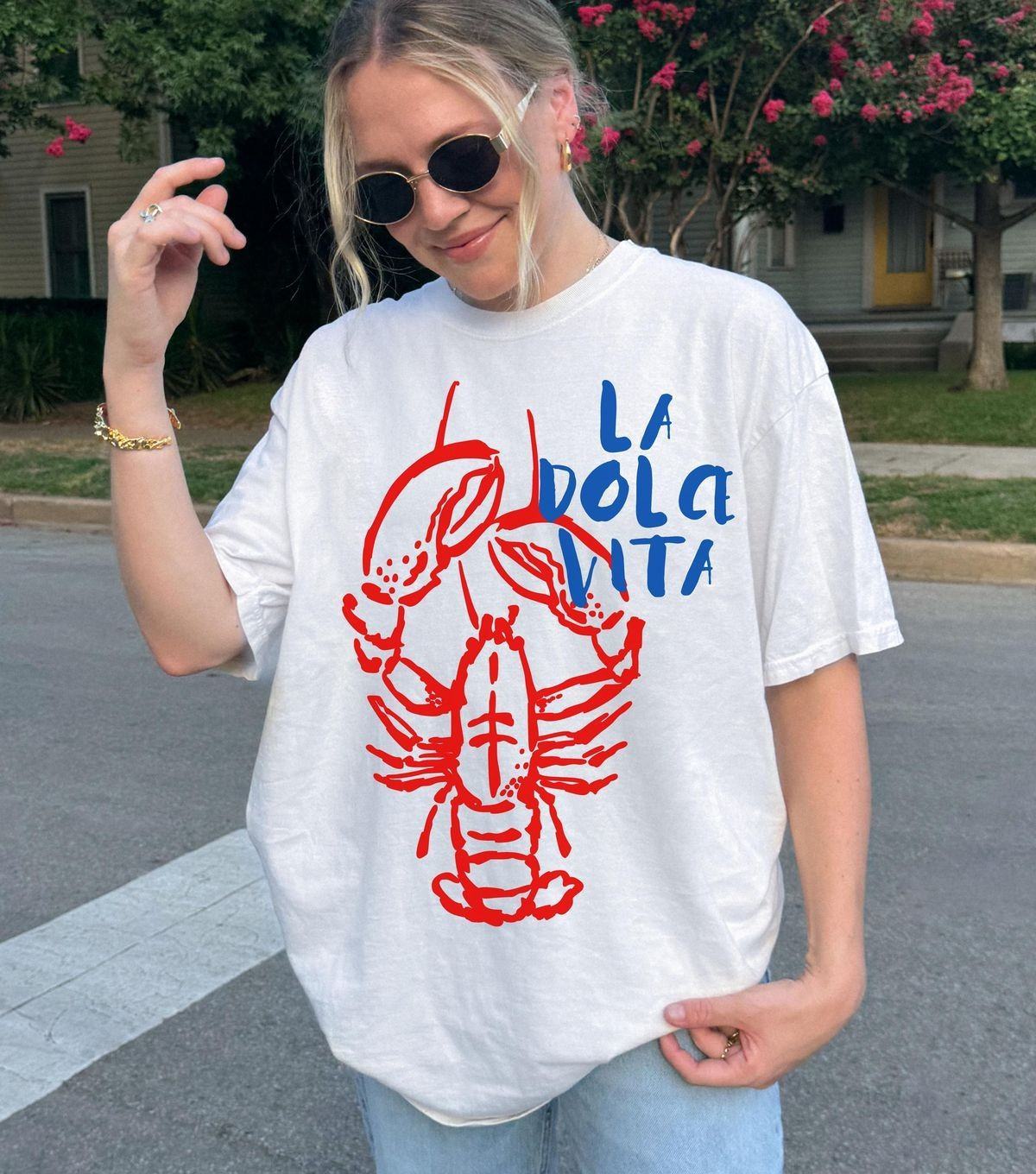
Threads of Eternity: Fashion as Humanity’s Deepest Expression, Global Force, and Mirror of the Age
From the earliest moments of consciousness, when humans first painted their bodies with ochre or adorned themselves with bones and feathers, fashion has served as a profound act of storytelling. It has never been limited to surface appearance. It is embedded in ritual, shaped by necessity, elevated by art, and politicized by power. It touches every life, crosses every culture, and evolves with every epoch. Fashion is not static—it breathes, it transforms, and it often speaks louder than language itself. It is how we negotiate our place in society, how we celebrate identity, how we mourn, how we rebel, and how we imagine. Fashion is at once personal and planetary, both silent and theatrical, ephemeral yet eternal. It is the clearest signal of what a civilization values and what it fears. Fashion is not the periphery of culture. It is its very center.
In the primordial landscapes of prehistory, before nations and religions, humans still needed to define themselves. They did so through the body and its transformation. Evidence of early body ornamentation dates back tens of thousands of years. Beads, animal teeth, painted skin, and patterned scars served as early forms of fashion. These were not only decorative. They denoted kinship, marked passage into adulthood, celebrated fertility, and aligned the wearer with spirits and ancestors. Clothing and body art connected the physical world to the metaphysical. In these ancient societies, fashion was a kind of prayer worn on the body, a ritualization of life and death through material forms.
With the rise of agriculture and urbanization, fashion transformed into a marker of social order. In ancient Mesopotamia, the first city-states gave birth to bureaucracies, temples, and kings. Dress became a visual code for function and hierarchy. Priests, soldiers, scribes, artisans—all were clothed according to their place in society. The invention of looms and dyeing techniques allowed for sophisticated garments, layered with meaning. In ancient Egypt, linen wrapped bodies both living and dead. The use of lapis lazuli, carnelian, and gold in jewelry revealed an understanding of symbolism, divinity, and eternity. Fashion was not arbitrary. It was calculated, poetic, and essential to how Egyptians understood the afterlife and the cosmos.
In ancient India, textiles were a vital part of economic, spiritual, and artistic life. Cotton cultivation and dyeing flourished in the Indus Valley. Later, during the Vedic and classical periods, clothing became intertwined with religious duties and philosophical ideas. Garments like the sari and dhoti were not cut but draped, respecting the continuity of the cloth and symbolizing the eternal flow of life. Dyes held sacred meaning. Indigo, turmeric, and madder were chosen not just for color, but for their medicinal and spiritual properties. Embroidery was more than ornament—it was an invocation. Each motif told a story, marked a prayer, or celebrated a festival.
Ancient China developed a highly codified system of dress, rooted in Confucian ideals of order and harmony. Robes indicated social status, political rank, and moral virtue. The emperor’s dragon robe embodied heavenly authority. Silk production—guarded as a state secret for centuries—symbolized China’s unique mastery of the textile arts. Clothing regulated by dynastic codes extended beyond mere aesthetics. It influenced posture, movement, and behavior. One’s wardrobe was a contract with society, a visible alignment with the moral and celestial order. Every fold, every seam, every color was disciplined into meaning.
The Greco-Roman world added new dimensions to the philosophy of fashion. In Greece, the ideals of symmetry, balance, and beauty extended to clothing. Draped garments like the chiton and himation celebrated the body rather than covering it. Their fluidity represented freedom, moderation, and civic virtue. Philosophers such as Plato and Aristotle even discussed clothing as part of ethical living. In Rome, fashion became a civic and legal language. The toga, reserved for citizens, symbolized rights and responsibilities. Women’s stolas marked modesty and status. Clothing in Rome was deeply performative, used in court, ritual, and ceremony to reinforce social scripts.
Medieval Europe witnessed a dramatic intertwining of fashion and theology. Christianity influenced dress codes profoundly. Simplicity was praised in religious life, while opulence was reserved for the Church’s hierarchy. Monks wore coarse robes; bishops wore robes encrusted with gems. Nobility developed heraldic styles, and each garment became part of a visual system of fealty, landholding, and marriage alliances. Sumptuary laws dictated who could wear silk, fur, or specific colors. Even buttons, laces, and hat shapes became regulated. Clothing was political, religious, and economic all at once. To transgress dress codes was not just a fashion crime—it was a threat to the social order.
Across the Islamic world, fashion evolved through religious principles and artistic innovation. Garments were tailored for modesty, but within that framework emerged some of the world’s most beautiful clothing traditions. Calligraphy, geometric patterns, and floral motifs replaced figurative images. Fabrics such as silk, brocade, and muslin were adorned with verses from the Quran or poems by Rumi and Hafez. In cities from Córdoba to Samarkand, fashion expressed both piety and intellectual sophistication. The Islamic golden age saw fashion as part of daily grace, hospitality, and scholarly refinement.
Africa, with its vast array of cultures, produced fashion traditions that were deeply intertwined with oral history, dance, and environment. In West Africa, woven cloths like kente and adinkra expressed proverbs, clan lineage, and philosophical truths. Scarification, beadwork, and headwraps served as records of personal and communal memory. In East Africa, kangas and kitenges carried Swahili sayings. Across the continent, fashion was mobile, performative, and interactive—unfolding through music, celebration, and storytelling.
The Renaissance changed everything. As Europe rediscovered classical learning and embraced humanism, fashion became self-conscious. Wealthy individuals used clothing to express intellectual and artistic ideals. Tailoring advanced, and the human silhouette became a site of design. Fashion portraits proliferated. The merchant class, rising in power, used fashion to gain visibility. Italy and later France became epicenters of textile luxury. Clothing was not just about who you were, but who you wanted to be. Individuality emerged as a new virtue.
By the time of Louis XIV, fashion was statecraft. Versailles institutionalized fashion as a tool of control. The Sun King dictated court dress down to the last buckle. Nobles bankrupted themselves to keep up with trends. Entire economies were built around the production of lace, perfume, silk, and shoes. The Enlightenment challenged this system. Simplicity and reason became fashionable. Philosophers called for a return to natural dress. The French Revolution destroyed aristocratic fashion, and new styles emerged to reflect republican values. Liberty caps, tricolor sashes, and unadorned tunics symbolized democracy.
The 19th century brought the Industrial Revolution and with it the mechanization of fashion. Clothing could now be mass-produced. Middle classes emerged with purchasing power. Department stores revolutionized retail. Fashion became fast, seasonal, and increasingly global. Yet this also birthed brutal labor systems, colonial exploitation, and vast inequality. The fashion of the Victorian era, with its corsets and crinolines, reflected rigid gender roles and social hierarchy. But movements for reform also began. Women’s suffrage, abolitionism, and socialism found echoes in new clothing styles that emphasized freedom of movement and self-expression.
The 20th century witnessed fashion’s complete democratization and fragmentation. Wars, political movements, pop culture, and new technologies tore down the barriers of class and geography. After the devastation of World War I, the 1920s flappers redefined femininity. In the 1940s, utility wear gave rise to minimalist aesthetics. The 1950s celebrated couture and the nuclear family. The 1960s exploded with rebellion—mini skirts, psychedelic prints, and afro hairstyles reflected a world questioning everything. Punk in the 1970s, hip hop in the 1980s, rave culture in the 1990s—each subculture used fashion as a weapon of visibility, resistance, and community.
In the 21st century, fashion is both more accessible and more threatened than ever before. Social media, influencers, and fast fashion have accelerated trend cycles. At the same time, the environmental cost of clothing is staggering. The fashion industry is one of the largest polluters on Earth. Exploitation persists in supply chains. Yet responses are growing. Sustainable fashion, zero-waste design, and ethical consumerism are rising. Designers from indigenous, queer, disabled, and historically marginalized communities are finally gaining space. The body itself is being redefined—no longer bound by binary ideals or unrealistic norms. Fashion is opening to all ages, shapes, colors, and experiences.
And now, we enter the digital frontier. Virtual fashion, wearable tech, and augmented reality are reshaping our relationship with the body. Fashion no longer requires fabric. Avatars can wear garments that defy physics. Designers are coding clothing. AI generates endless iterations. The metaverse may one day rival the marketplace. Yet amid this dizzying change, one truth remains: fashion is how we tell the world who we are.
To follow the story of fashion is to follow the story of humanity. It is not just a history of what people wore, but a history of how people thought, felt, struggled, and hoped. It is where philosophy meets material, where identity meets imagination. It is a mirror of the soul and the fabric of civilization. And as long as humans dream, fashion will evolve—ever more intricate, ever more inclusive, ever more human.
